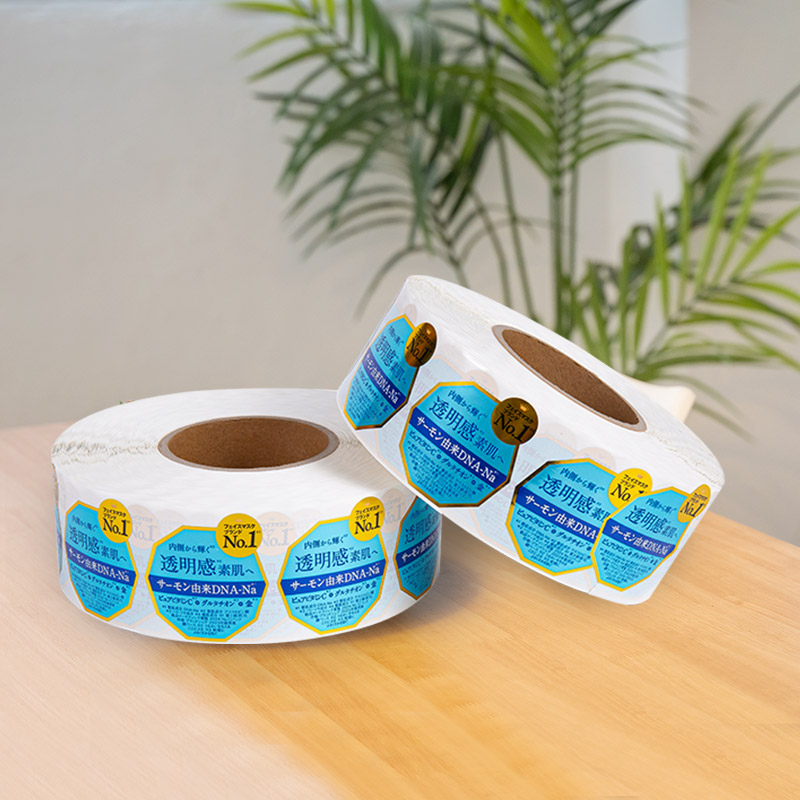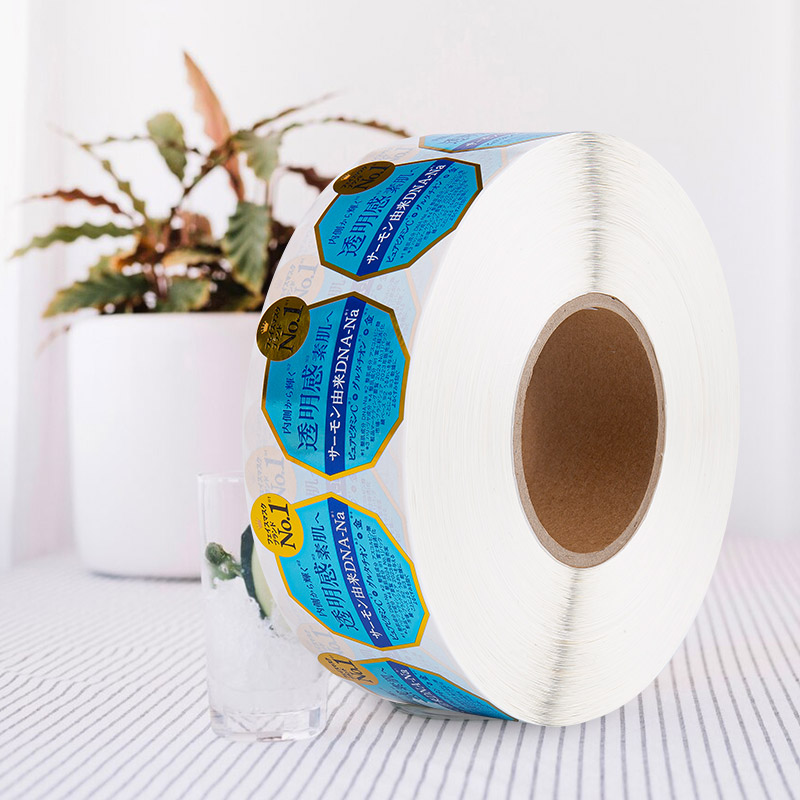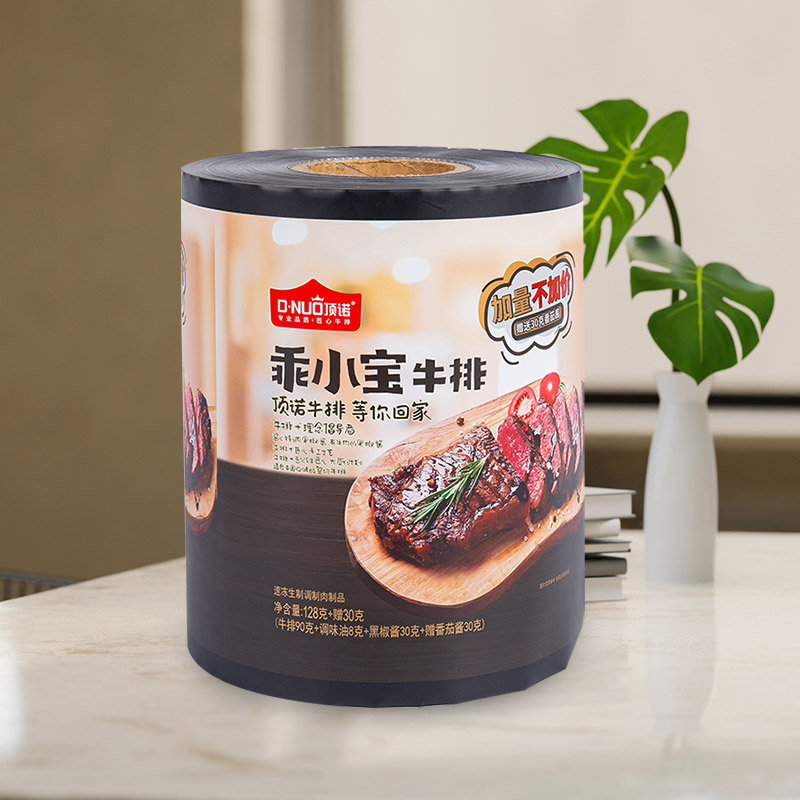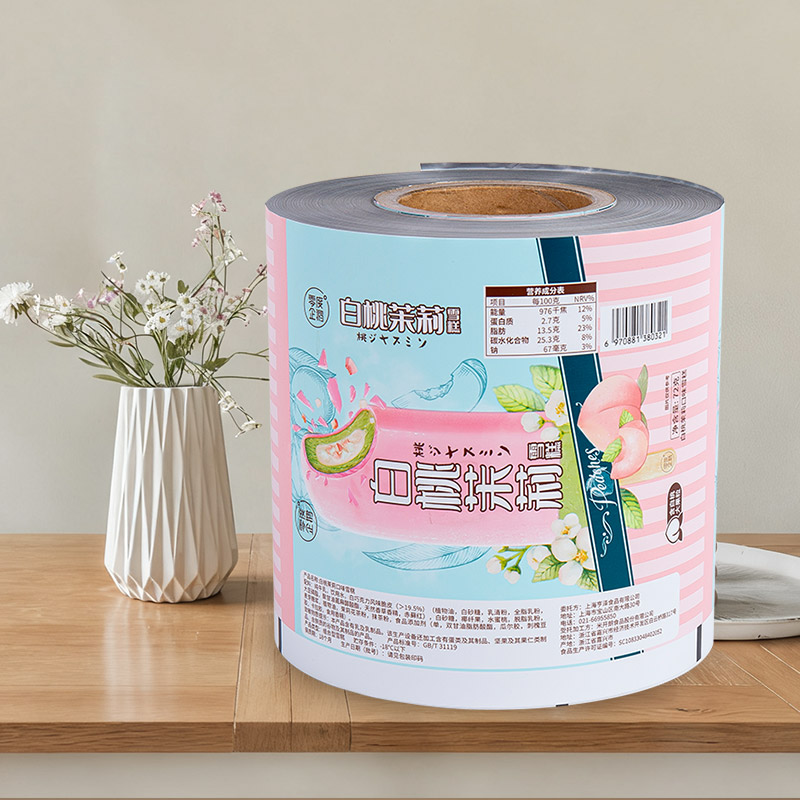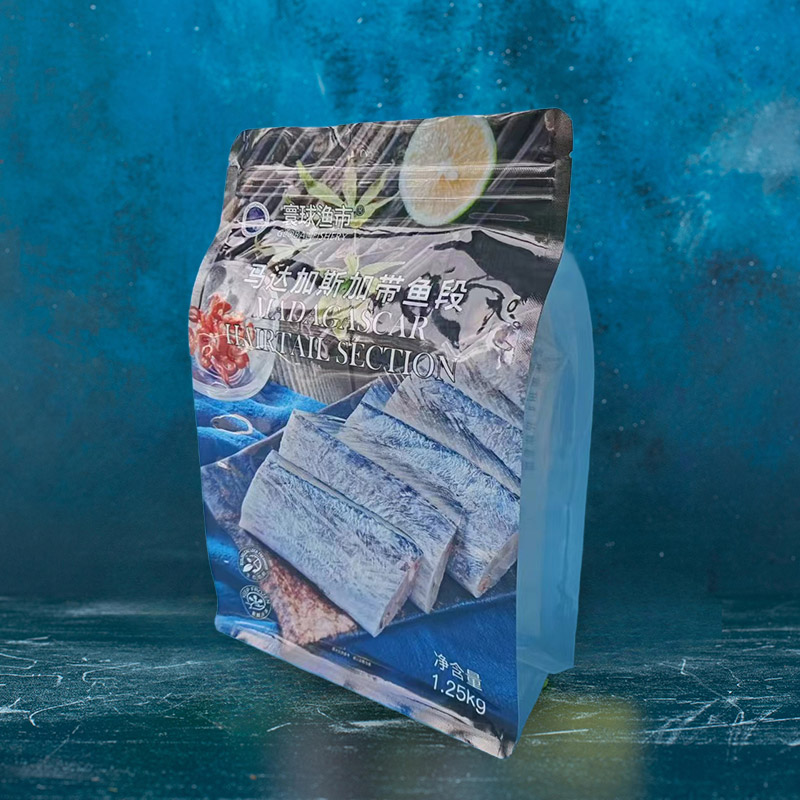Pet food packaging plays a vital role in the pet food industry by protecting products, preserving freshness, and attracting pet owners. Effective packaging ensures that pet food maintains its nutritional quality and flavor from production to consumption.
There are various types of packaging used for pet food, including bags, pouches, and other flexible formats. Each type offers unique benefits depending on the product type and target market.
Quality packaging matters because it extends shelf life, prevents contamination, and provides convenience. It also helps brands differentiate themselves in a competitive market by enhancing shelf appeal and communicating important product information.
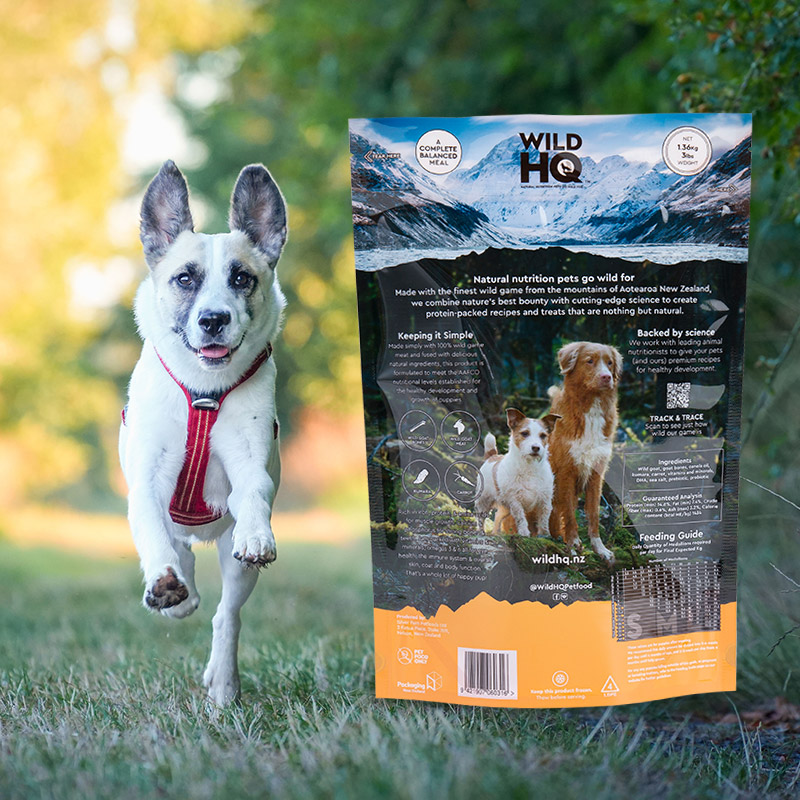
Content
- 1 Dog Food Packaging Bags
- 2 Dog Treat Packaging Bags
- 3 Pet Food Pouches
- 4 Plastic
- 5 Paper
- 6 Aluminum Foil
- 7 Sustainable and Eco-Friendly Materials
- 8 Preservation and Shelf Life
- 9 Design and Aesthetics
- 10 Regulations and Compliance
- 11 Sustainability
- 12 Convenience
- 13 Smart Packaging
- 14 Type of Pet Food
- 15 Target Market
- 16 Budget Considerations
- 17 Working with Packaging Suppliers
- 18 Testing and Quality Control
Types of Pet Food Packaging
Dog Food Packaging Bags
Dog food packaging bags are among the most common formats in the pet food market. These bags are typically made from a range of materials including plastic films (such as polyethylene or polypropylene), paper, and woven polypropylene. Each material offers distinct advantages. Plastic films provide excellent moisture and oxygen barriers, protecting dry kibble from staling and contamination. Paper bags give a natural, eco-friendly appearance, often combined with inner linings to improve durability and moisture resistance. Woven polypropylene bags are sturdy and used mainly for large, bulk packaging where strength and tear resistance are priorities.
Sizes vary widely to meet different consumer needs—from small bags of 1-2 pounds suitable for small dogs or trial purchases, to large 30-pound or more bags designed for bigger dogs or multi-pet households. Many dog food bags now include practical features such as reinforced handles for easy carrying and resealable closures (like zippers or sliders) to maintain freshness after opening. Some premium brands incorporate inner linings with oxygen absorbers or modified atmosphere packaging (MAP) to extend shelf life.
Dog Treat Packaging Bags
Packaging for dog treats requires particular attention to freshness and aroma retention, as treats often have delicate textures and can lose appeal if exposed to moisture or air. Treat bags are designed with high barrier films that limit oxygen and moisture transmission, helping to preserve texture and flavor over time. These bags are commonly smaller and more flexible than standard food bags, providing convenience and portion control.
Additional packaging features include resealable zippers, tear notches for easy opening, and sometimes transparent windows that allow pet owners to see the treats inside. Convenience is key, as dog owners often carry treats on-the-go for training or rewards, so lightweight, durable packaging that maintains freshness is preferred. Packaging is also designed to stand out visually on store shelves, using bright colors and clear branding to attract buyers.
Pet Food Pouches
Stand-up pouches have become increasingly popular in the pet food industry due to their versatility and strong shelf presence. These pouches are commonly used for wet pet food but are also suitable for dry food, treats, or supplements. Constructed from multiple layers of plastic, aluminum foil, and sometimes paper, these pouches offer excellent barrier protection against moisture, oxygen, and light, which helps preserve the product’s freshness and nutritional value.
The self-supporting design of stand-up pouches provides stability on retail shelves, enhancing visual appeal and brand visibility. They are lightweight and portable, ideal for pet owners seeking convenience for travel or smaller feeding portions. Many pouches also feature resealable zippers or tear-away spouts for easy opening and reclosing, increasing usability. Custom printing options allow brands to showcase vibrant designs and important product information clearly.
Materials Used in Pet Food Packaging
Plastic
Plastic materials are widely used in pet food packaging due to their durability, flexibility, and effective barrier properties. Common plastics include polyethylene (PE), polyethylene terephthalate (PET), and biaxially oriented polypropylene (BOPP). PE is known for its excellent moisture resistance and flexibility, making it ideal for bag liners and pouches. PET offers superior strength and clarity, often used in rigid containers or as part of multilayer films. BOPP provides good printability and moderate barrier properties, commonly seen in laminated films.
Plastics are generally cost-effective and lightweight, which reduces transportation costs and improves shelf life by protecting food from moisture and oxygen. However, their environmental impact is a growing concern. Many manufacturers are exploring recyclable plastic options and incorporating recycled content to reduce waste. The challenge remains to balance performance with sustainability.
Paper
Paper-based packaging, particularly kraft paper, is gaining popularity in pet food packaging for its natural and eco-friendly appearance. Paper offers excellent printability and conveys a premium, rustic look that appeals to environmentally conscious consumers. To make paper suitable for pet food, it is often coated or laminated with plastic or wax to enhance moisture resistance and durability.
Paper packaging supports sustainability goals because it is typically biodegradable and recyclable. However, it generally provides lower barrier protection than plastics or foils unless combined with special coatings or laminations. Advances in sustainable coatings—such as water-based or bio-based films—are improving paper’s performance while maintaining eco-friendly credentials.
Aluminum Foil
Aluminum foil is used in pet food packaging primarily to provide superior barrier protection against oxygen, moisture, and light. This is especially important for sensitive products like wet food or high-fat treats where aroma and freshness must be preserved for extended periods. Foil layers are often incorporated into multi-layer pouches or laminated films to combine durability with high barrier properties.
Although aluminum foil adds cost and can complicate recycling, it remains an essential material for premium pet food packaging. Innovations in recyclable and thinner foil laminates are helping reduce environmental impact while maintaining packaging performance.
Sustainable and Eco-Friendly Materials
Sustainability is an increasingly important consideration in pet food packaging. Many brands are moving toward biodegradable, compostable, or bio-based packaging materials. These include plant-based films made from materials such as polylactic acid (PLA) or cellulose, which break down more easily in the environment compared to conventional plastics.
Packaging made with recycled content also contributes to sustainability by reducing virgin material use and landfill waste. However, sustainable materials often face challenges related to barrier performance, cost, and compatibility with existing packaging machinery.
Innovations in sustainable packaging technologies are rapidly evolving, aiming to create materials that meet the functional requirements of pet food packaging while minimizing environmental impact.
Key Considerations for Pet Food Packaging
Preservation and Shelf Life
One of the most critical functions of pet food packaging is to preserve the product’s freshness, nutritional value, and safety throughout its shelf life. Pet foods are sensitive to environmental factors like oxygen, moisture, and light, which can degrade quality, cause rancidity, or promote microbial growth.
To address these challenges, packaging must provide effective barrier properties. Multi-layer films combining materials like plastic, aluminum foil, and paper are often used to limit oxygen and moisture transmission. Modified atmosphere packaging (MAP) is another technique where oxygen inside the package is replaced with inert gases such as nitrogen to slow spoilage.
Resealable closures, airtight seals, and vacuum packaging further protect the food after opening, allowing pet owners to maintain freshness over multiple uses. Testing for shelf life under real-world conditions is essential to validate packaging performance.
Design and Aesthetics
Packaging design plays a significant role in influencing consumer purchasing decisions. Pet food packaging must not only protect the product but also attract pet owners by communicating quality, brand values, and product benefits clearly.
Vibrant colors, high-resolution images, and clear typography help the packaging stand out on crowded retail shelves. Printing technologies such as rotogravure and flexographic printing enable detailed designs and vibrant colors.
Labels must provide important information such as ingredients, nutritional facts, feeding guidelines, and certifications, complying with regulations while maintaining readability. Customization and branding opportunities through unique designs help brands build loyalty and differentiate their products.
Regulations and Compliance
Pet food packaging is subject to strict regulations to ensure product safety and truthful labeling. In the United States, the Food and Drug Administration (FDA) oversees pet food packaging standards, requiring accurate ingredient lists, nutrition information, and expiration dates.
Packaging materials must be food-grade and safe for contact with pet food. Additionally, claims made on the packaging, such as “organic” or “grain-free,” must be verifiable and comply with applicable guidelines.
Brands must stay up to date with local and international regulations, as these can vary by region. Compliance testing, documentation, and certification are necessary steps before products reach the market.
Trends in Pet Food Packaging
Sustainability
Sustainability continues to be a dominant trend in pet food packaging as brands and consumers become more environmentally conscious. Many companies are actively reducing the use of single-use plastics, shifting towards recyclable, biodegradable, or compostable materials. Bio-based films made from renewable resources such as cornstarch or sugarcane are gaining traction as eco-friendly alternatives to traditional plastics.
In addition to material innovation, brands focus on minimizing packaging waste by optimizing bag sizes and using lightweight designs that reduce transportation emissions. Recycling programs and clear labeling to guide consumers on proper disposal are also part of sustainability efforts.
Convenience
Convenience remains a key factor driving packaging innovation in the pet food industry. Easy-open features such as tear notches, resealable zippers, and slider closures help pet owners maintain product freshness and provide hassle-free access.
Single-serve and portion-controlled packaging formats are growing in popularity, offering precise feeding options and reducing waste. Portable pouches designed for on-the-go feeding or travel are increasingly favored by busy pet owners.
Packaging that balances convenience with product protection enhances user experience and encourages repeat purchases.
Smart Packaging
Advancements in smart packaging technology are beginning to influence the pet food sector. QR codes printed on packaging allow consumers to quickly access detailed product information, including ingredients, sourcing, feeding tips, and promotions.
Track and trace technologies help brands monitor supply chains for safety and authenticity, improving transparency. Interactive packaging designs that engage consumers through apps or augmented reality experiences create new opportunities for brand engagement and education.
Smart packaging can also include freshness indicators or tamper-evident features, further increasing consumer confidence.
Top 10 Pet Food Packaging Products
1.Stand-Up Resealable Pouches
Widely used for both dry and wet pet foods, these pouches offer excellent barrier protection and convenience. Their self-supporting design improves shelf visibility, while resealable zippers keep food fresh after opening. Brands like Zip-Pak and Bemis provide high-quality options in this category.
2.Woven Polypropylene Bags
These heavy-duty bags are commonly used for large quantities of dry dog food. They provide strength and tear resistance, making them ideal for bulk packaging. Woven bags often include plastic linings for moisture protection.
3.Kraft Paper Bags with Plastic Liners
Combining a natural kraft paper exterior with a plastic liner, these bags balance sustainability and functionality. They appeal to eco-conscious consumers while maintaining moisture resistance. Several packaging suppliers offer customizable kraft paper bags tailored for pet foods.
4.Aluminum Foil Pouches
Used primarily for wet food or premium treats, aluminum foil pouches provide superior barrier properties, preserving aroma and freshness. These are often laminated with plastic layers for durability and resealability.
5.Plastic Gusseted Bags with Handles
Gusseted bags expand to accommodate more product volume and often include handles for easy carrying. This format suits medium to large dry food bags and frequently features resealable closures.
6.Single-Serve Portion Pouches
Designed for convenience and travel, single-serve pouches allow pet owners to carry exact feeding portions. They are lightweight, easy to open, and often feature tear notches or resealable zippers.
7.Vacuum-Sealed Bags
Vacuum packaging removes air to extend the shelf life of wet or semi-moist foods. This packaging is popular for maintaining freshness in premium and raw pet food products.
8.Window Bags
These bags incorporate a transparent window that lets consumers see the product inside. This feature helps build trust and provides visual confirmation of product quality.
9.Biodegradable Film Pouches
Emerging as a sustainable option, biodegradable pouches are made from materials like PLA or cellulose. They offer environmental benefits while maintaining adequate protection for dry pet foods.
10.Custom Printed Bags
Many pet food brands use fully custom-printed bags to enhance brand identity and shelf impact. Advanced printing technologies allow for vibrant, high-resolution graphics, clear labeling, and unique finishes such as matte or gloss.
Choosing the Right Pet Food Packaging
Selecting the appropriate packaging for pet food involves balancing product requirements, target market preferences, and budget constraints. Several factors influence the decision:
Type of Pet Food
Different pet foods demand different packaging solutions. Dry kibble requires moisture and oxygen barriers, typically provided by multi-layer bags or pouches. Wet food needs packaging with high barrier protection against light and air, such as aluminum foil pouches or vacuum-sealed containers. Treats and supplements may require smaller, convenient packages with resealable features.
Target Market
Understanding the preferences and needs of your customer base is essential. Premium pet food brands often invest in high-quality, sustainable packaging with elegant designs to appeal to eco-conscious consumers. Budget brands may prioritize cost-effective materials and basic functionality. Convenience features like resealable closures or single-serve formats may be more important for busy pet owners or those who travel frequently.
Budget Considerations
Packaging costs can vary widely based on materials, printing complexity, and special features. Balancing cost with performance is key to maintaining profitability while delivering value to customers. Bulk purchasing and long-term supplier relationships may reduce costs.
Working with Packaging Suppliers
Partnering with experienced packaging manufacturers and suppliers is critical. Suppliers can provide guidance on material selection, compliance with regulations, and customization options. They may also offer prototyping, testing, and quality control services to ensure packaging meets performance standards.
Testing and Quality Control
Before launching a product, it’s important to conduct rigorous testing of packaging durability, barrier properties, and seal integrity. Real-world testing simulates conditions during shipping, storage, and handling to identify potential issues. Regular quality control checks help maintain consistent packaging performance and customer satisfaction.
Conclusion
Pet food packaging is a critical element that impacts product quality, consumer experience, and brand success. From bags and pouches to innovative materials and smart features, effective packaging preserves freshness, extends shelf life, and communicates brand values.
Sustainability and convenience continue to shape the future of pet food packaging, driving innovations that balance environmental responsibility with product protection. Brands that carefully select packaging materials and designs to meet their specific product and market needs can gain a competitive edge.
As the pet food industry evolves, embracing new technologies and eco-friendly solutions will be essential to meet consumer expectations and regulatory demands. Ultimately, well-designed pet food packaging benefits pets, pet owners, and the planet alike.

 EN
EN
 English
English 日本語
日本語 Español
Español Deutsch
Deutsch عربى
عربى



